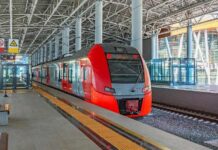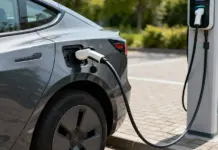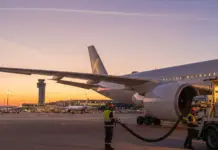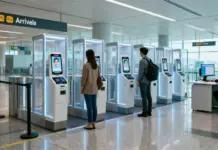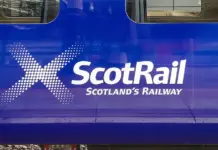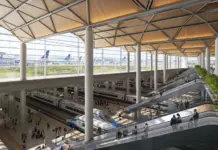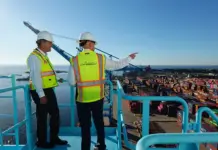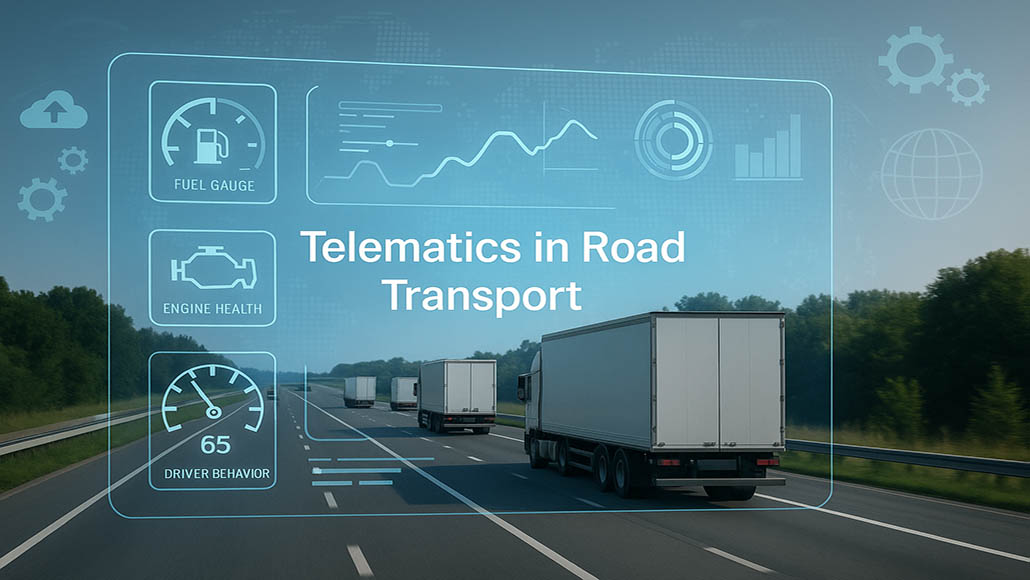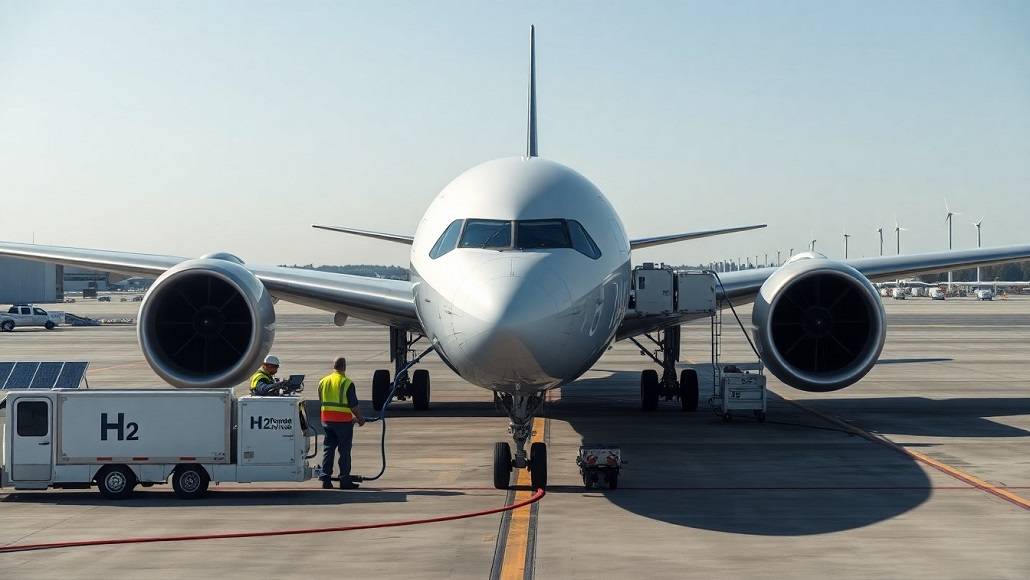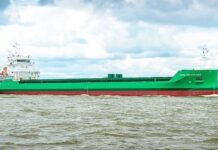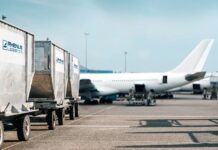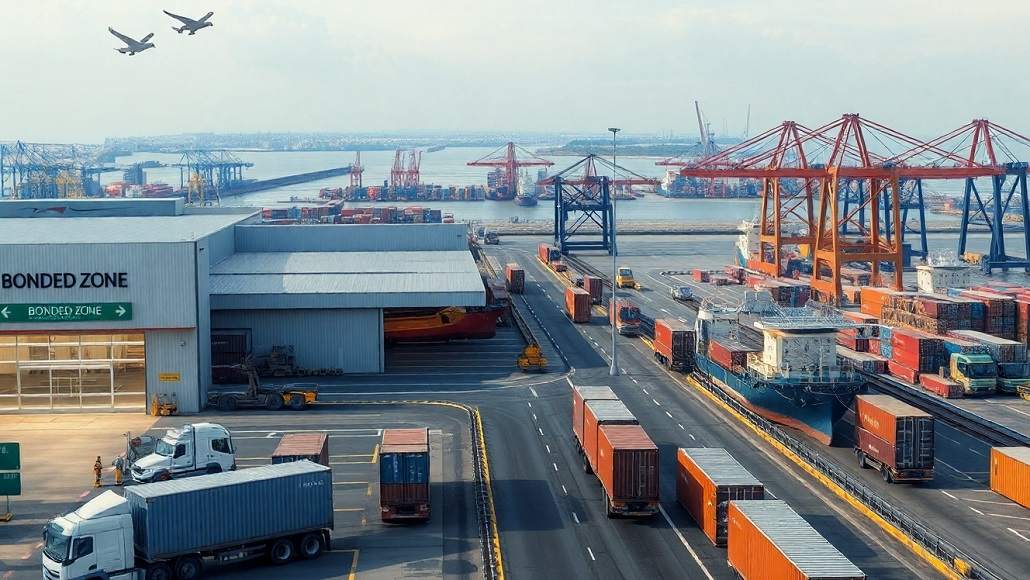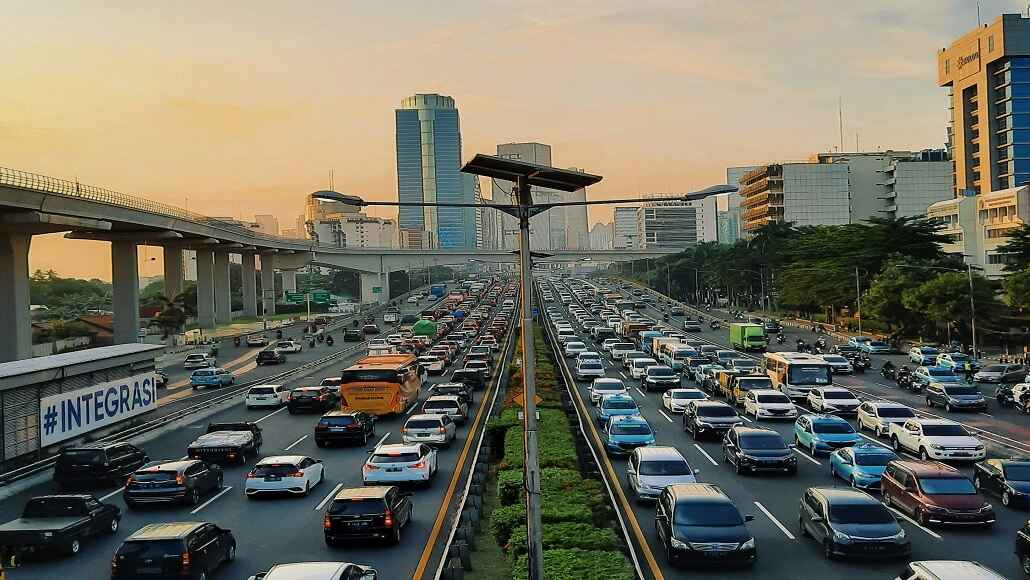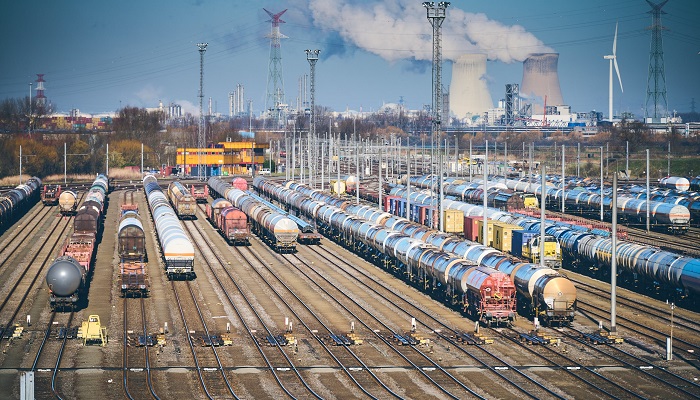The government of Belgium has approved an action plan to quadruple the amount of rail freight transit by 2030. The strategy that was initially submitted a year ago was accepted by the Council of Ministers on September 30. To create the backbone of tomorrow’s mobility in Belgium, 26 specific activities are now on the table.
In September 2021, more than twenty organisations presented The Rail Roadmap. It is unclear why it took a year for the proposal to be authorised, but the Federal Government is reportedly trying to harness the benefits of the recent spike in the volume of imports and exports pushed by the war in Ukraine, according to the Brussels Times.
The government’s approval of the freight transport plan has come about as a consequence of fruitful conversations with the business community, particularly with those involved in logistics. The ambitious goal of doubling rail freight by 2030 now has a clear road map, according to minister Gilkinet. In order to completely remove bottlenecks by the end of 2027, investments will be made in the network’s crucial nodes. To make rail more competitive, the network will also be able to accommodate trains up to 740 metres in length. Additionally, the available rail tracks will be more harmoniously coordinated. It will be the infrastructure management Infrabel’s new duty to handle this.
Belgium will also work to remove restrictions that prevent cross-border transportation. They will take action at the European level to try to remove a number of rules that restrict international rail freight transport, such as the absence of a common language for European rail freight transport. Train drivers still need to be fluent in every language spoken in the nations where they operate, says Gilkinet.
The necessary investments for these measures were not mentioned by the minister. The same was true the year before, when the parties made it clear that money was required for the plans to be carried out. For funding, they looked to the government.
The Belgian Rail Freight Forum stated, from a monetary perspective, that they primarily rely on Infrabel’s plan for a multi-year investment strategy, which they already understand will be inadequate for the fulfilment of the infrastructure demands of the plan. No new specific functional and innovative support budgets have been established yet.
The same industry group also identified certain gaps in the action plan. Major project suggestions like 3RX, an extra Antwerp North connection, and a freight route between Antwerp and Zeebrugge are not included. It poses the risk of preventing future decisive action.
It really does, however, recognise that there is a hint of political commitment. There is now a political structure in place that will allow for greater rail transportation, which is the most environmentally and climatically friendly mode of transportation, in the upcoming ten years.


